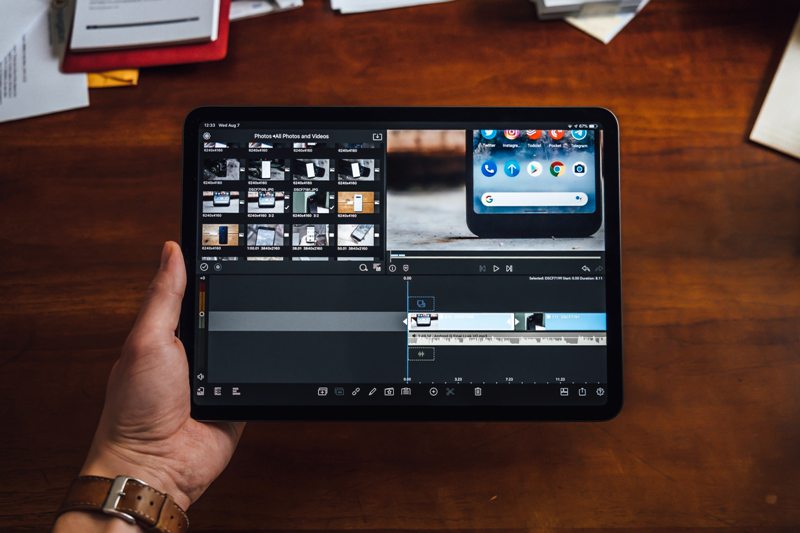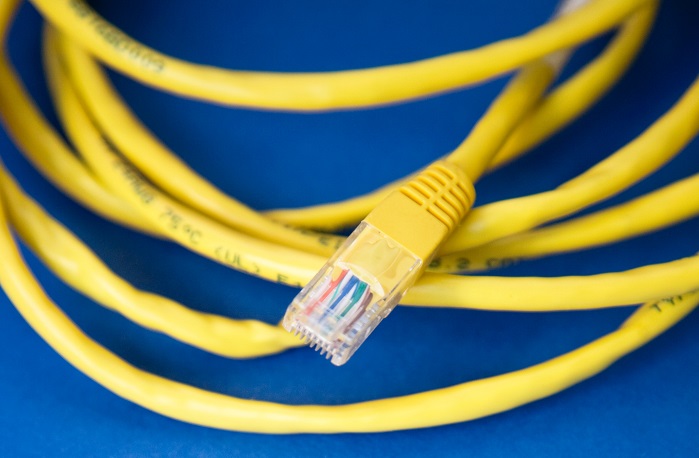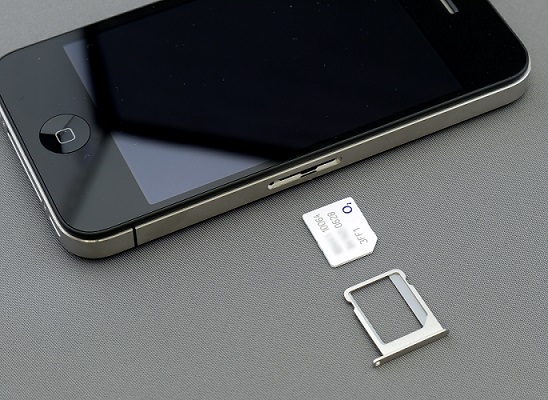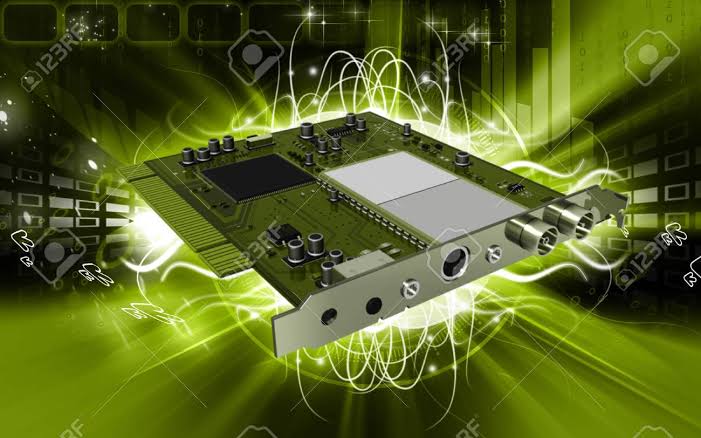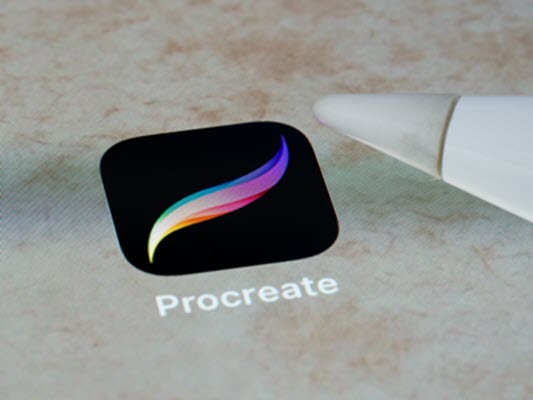The online event Time Flies which Apple held for everyone few days ago was certainly unique. The reason? Apple did not show its new generation of smartphones, although it did not catch us by surprise because they already reported that this year it would take a little longer than usual to see them.
Apart from smart watches, Apple also announced several new models of its iPad tablet, more specifically, iPad base model and the highly anticipated fourth-generation iPad Air .
These two tablets, especially the iPad Air (2020), are quite interesting because of the changes they have introduced. However, the Apple catalog is made up of more variants, each with characteristics that differentiate them from the rest. With this post we want to clarify the doubts and bring some light to users who are looking for a new iPad and do not know which model to choose.
Different types of iPads
1. iPad (2020)
|
IPAD (2020) |
SPECS |
|
Dimensions |
250.6 x 174.1 x 7.5 mm |
|
Screen |
10.2 "Retina IPS LCD with 1,620 x 2,160 pixel resolution in 4: 3 format (264 dpi) |
|
Processor / RAM |
Apple A12 Bionic - 3GB RAM |
|
Storage |
32GB - 128GB |
|
Cameras |
8 MP Main - 1.2 MP FaceTime HD Front |
|
Connectivity |
Wi-Fi 802.11ac and Bluetooth 5.0 | LTE / 4G version available |
|
Drums |
Up to 10 hours consuming multimedia content |
The iPad without a surname, also accompanied by its year of release or as "entry" or "basic" model. This model is the cheapest in the catalog, and it is an option that stands out for its value for money. Although it is not the most powerful (neither for RAM or processor), nor does it have the best screen, it is more than enough for the vast majority of users looking for a tablet.

It has the 10.2" Retina IPS LCD panel introduced in the previous generation, as well as the same dimensions, making it compatible with all accessories released for its predecessor (keyboards, cases, etc.). It is a relatively contained size which resembles that of the very popular netbooks that landed on the market a few years ago.
The main novelty of this iPad is the implementation of the Apple A12 Bionic processor with Neural Engine , which is a performance "kick" compared to the previous A10 Fusion, and this is appreciated both in basic tasks (office automation, Internet browsing, consumption of multimedia content) and more advanced (video editing and high quality casual photography).
It has 3 GB of RAM memory, and its battery life is long enough for 10 hours of playing videos. Unsurprisingly, it remains compatible with the first-generation Apple Pencil for handwriting and drawing.
Who is the iPad (2020) for?
Tablets such as the iPad (2020) can replace conventional computers if the needs of users allow it (they do not need exclusive macOS / Windows programs, they edit video and photography in comprehensive way with many effects and layers). So if relatively basic use of copywriting, website consulting, email, and related tasks is planned , it can be a very interesting device.

It is also suitable for students who are looking for a device to take notes digitally with both the keyboard or the Apple Pencil, and plan to take it to class for that purpose. Or for those who want to follow classes online from home, something that is the order of the day. Of course, it is also highly recommended for playing games and accessing streaming video platforms such as Netflix or Prime Video.
2. iPad Air (2020)

|
IPAD AIR (2020) |
SPECS |
|
Dimensions |
24.76 cm x 17.85 cm x 0.61 cm |
|
screen |
10.9 "Liquid Retina IPS LCD with 2,360 x 1,640 pixel resolution at 264 dpi |
|
Processor / RAM |
Apple A14 Bionic |
|
Storage |
64GB or 256GB |
|
Cameras |
12 MP - 7 MP |
|
Connectivity |
Wi-Fi 6, Bluetooth 5.0, USB-C and LTE / 4G option |
|
Drums |
Up to 10 hours consuming multimedia content |
One of the main protagonists of the event was the fourth generation iPad Air (2020). The reason that it attracted all eyes is
The fourth generation iPad Air screen is 10.9" and acquires the name Liquid Retina, with a resolution of 2,360 x 1,640 pixels and a density of pixels per inch of 264. It's no coincidence that it is compatible with the Smart Keyboard and Magic Keyboard covers designed for the 11" iPad Pro, as the Smart Keyboard connector is also moved to the back of the device.

In addition, it is also compatible with the second generation Apple Pencil , an accessory that until now was reserved for the "Pro" variants and that has one of the flat sides to improve grip and allow induction charging when attached to one of the sides of the tablet.
The iPad Air (2020) has the brand new processor. Inside it incorporates the new six-core Apple A14 Bionic, which is much more powerful than the A13 used so far in the company's iPhone 11, 11 Pro and SE smartphones. Another detail that it inherits from the Pro is the USB-C connector to facilitate the connection of accessories such as external hard drives or microphones.
Although it no longer has a physical home button, the fourth-generation iPad Air has a Touch ID fingerprint sensor. Apple has not implemented it on the screen as many manufacturers are doing, but on the power / lock button, located on the top of the tablet. Regarding the battery, it continues with an approximate autonomy of up to 10 hours consuming multimedia content.
The cameras have also improved with main (rear) is 12 MP, with video recording in 4K @ 60fps resolution, and a 7 MP FaceTime HD front. It has two speakers to provide stereo sound and Wi-Fi 6 connectivity, Bluetooth 5.0 and an option for LTE / 4G.
Who is the iPad Air (2020) for?

This iPad Air (2020) is presented as a kind of "economic" alternative to the current Pro. If you think the conventional design of the iPad with "thick" edges and home button is a bit out dated, then this is a breath of fresh air.
If the second-generation Apple Pencil, Magic Keyboard with trackpad, and USB-C connector catch your eye, but you're sure you're not going to harness the power of the "professional" variants, the fourth-generation iPad Air is a highly recommended option that allows access to these news at a more affordable price.
3. iPad mini (2019):
|
IPAD MINI (2019) |
SPECS |
|
Dimensions |
203.2 x 134.8 x 6.1 mm |
|
Screen |
7.9 "Retina IPS LCD with a resolution of 1,536 x 2,048 pixels and a 324 density of pixels per inch |
|
Processor / RAM |
Apple A12 Bionic - 3GB RAM |
|
Storage |
64GB or 256GB |
|
Cameras |
8 MP main - 7 MP FaceTime HD front |
|
Connectivity |
Dual band 802.11ac Wi-Fi, Bluetooth 5.0 and option with LTE / 4G |
|
Drums |
Up to 10 hours consuming multimedia content |
 Apple resurrected its most compact tablet last year, the iPad mini. With this fifth generation
Apple resurrected its most compact tablet last year, the iPad mini. With this fifth generation
Although the screen is still 7.9" Retina IPS LCD , it has True Tone technology and a coating against scratches and fingerprint marks, its power has increased. It integrates the Apple A12 Bionic processor, the same one that the company used in the iPhone XS and XR, and that together with the 3 GB of RAM offers good performance.
Due to the size of its panel, it is not a very suitable device for office automation tasks, but it is for reading and taking notes as it is compatible with the first-generation Apple Pencil. But keep in mind that if you plan to use it for many hours in a row to read books it is not the best option either.

It has a physical home button, and a Touch ID fingerprint sensor integrated into it as a security system. Regarding connectivity, it has dual-band 802.11ac Wi-Fi, Bluetooth 5.0 and a Lightning connector to recharge the battery (with an approximate autonomy of up to 10 hours per charge) and connect other accessories such as headphones or adapters.
Who is the iPad mini (2019) for?

The iPad mini (2019) is a very curious tablet. Due to its dimensions and characteristics, it is highly recommended as a portable game console or PDA , for surfing the Internet, checking email and taking notes by hand with the Apple Pencil, even drawing. But the size of its size does not make it the best choice for productivity / office tasks.
If you want to use it as an electronic book reader , if you are not an "exhaustive" user it can work well, but if we are one of those who spend hours reading the experience it may not be ideal (brightness, blue light, reflections ...) , and there are Kindle or Kobo type devices that are specifically designed for this.
The price of the iPad mini (2019) depends on the internal storage configuration and its connectivity.
4. iPad Pro (2020):
|
IPAD PRO (2020) |
SPECS |
|
Dimensions |
247.6 x 178.5 x 5.9 mm (11 ") or 280.6 x 214.9 x 5.9 mm (12.9") |
|
screen |
11 "or 12.9" Retina IPS LCD |
|
Processor / RAM |
Apple A12Z Bionic - 6GB RAM |
|
Storage |
128GB, 256GB, 512GB, or 1TB |
|
Cameras |
12 MP + 10 MP dual camera main and LiDAR sensor - 7 MP TrueDepth front |
|
Connectivity |
Wi-Fi 802.11ax (Wi-Fi 6), Bluetooth 5.0 and LTE / 4G connectivity option |
|
Drums |
Up to 10 hours consuming multimedia content, reverse charge, 18W fast charge |
Pro (2020) is Apple's most powerful tablet to date. It inherits the design of the generation launched in 2018, which significantly reduced the edges, got rid of the physical home button with Touch ID and moved the Smart Connector to the rear to use accessories such as the Smart Keyboard or the recent Magic Keyboard.
As is normal in the Pro range, there are two options depending on the size of your screen. On the one hand, the 11" Retina IPS LCD panel with a resolution of 1,668 x 2,388 pixels and a density of pixels per inch of 265. On the other, the option with a 12.9" Retina IPS LCD screen with 2,048 x 2,732 pixels resolution and a pixel density per inch of 265.

Both options incorporate True Tone technology and stand out for having a refresh rate of up to 120 Hz (Apple calls it ProMotion), which makes the system and applications feel more fluid, and it is noticeable both when navigating the menus.
The processor it incorporates is the Apple A12Z Bionic, which is slightly more powerful than the A12X Bionic in the iPad Pro (2018). This plus makes possible better performance in augmented reality tasks, which with this tablet takes on a new dimension and possibilities thanks to the LiDAR sensor, which is useful not only in games, but also in some professional apps.
Apart from the LiDAR sensor, it is the first iPad to incorporate a 12 + 10 MP dual rear camera (angular and ultra-wide angle), as well as a 7 MP TrueDepth front camera that integrates the Face ID facial recognition-based security system .

In addition, it incorporates a USB-C connector , which allows users to connect a greater variety of devices and accessories such as adapters, hubs or microphones. Speaking of connectivity, it is compatible with Wi-Fi 802.11ax (Wi-Fi 6), Bluetooth 5.0 and has the option of LTE / 4G connectivity.
This tablet is compatible with the second-generation Apple Pencil, a model that has a flatter side that improves ergonomics and allows it to be attached to one of the sides of the tablet to recharge its battery by induction. The sound is also one of the highlights: four speakers to provide good quality audio.
Who is the iPad Pro (2020) for?
The iPad Pro (2020) is the most powerful tablet in the Apple catalog, but it is also the most expensive. It offers very interesting features, such as the 120 Hz screen, the USB-C connector, the four speakers or the LiDAR sensor. However, as its "surname" indicates, it is aimed at the "professional" sector.

Although it provides the best possible experience in the field of iPad tablets, most users will hardly take advantage of its full power. The iPad Pro (2020) also offers USB-C connector and the second generation Apple Pencil at a much lower price.

